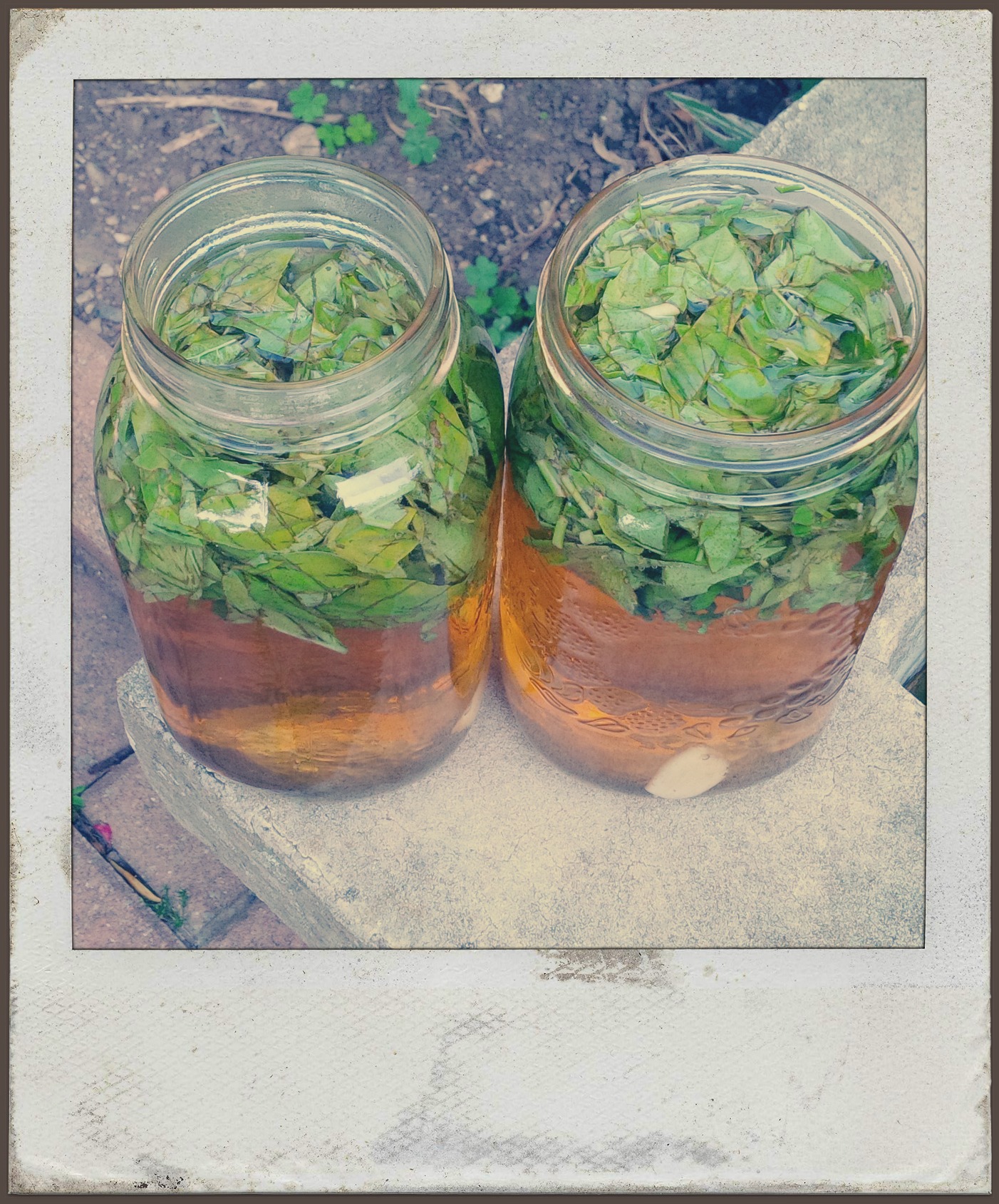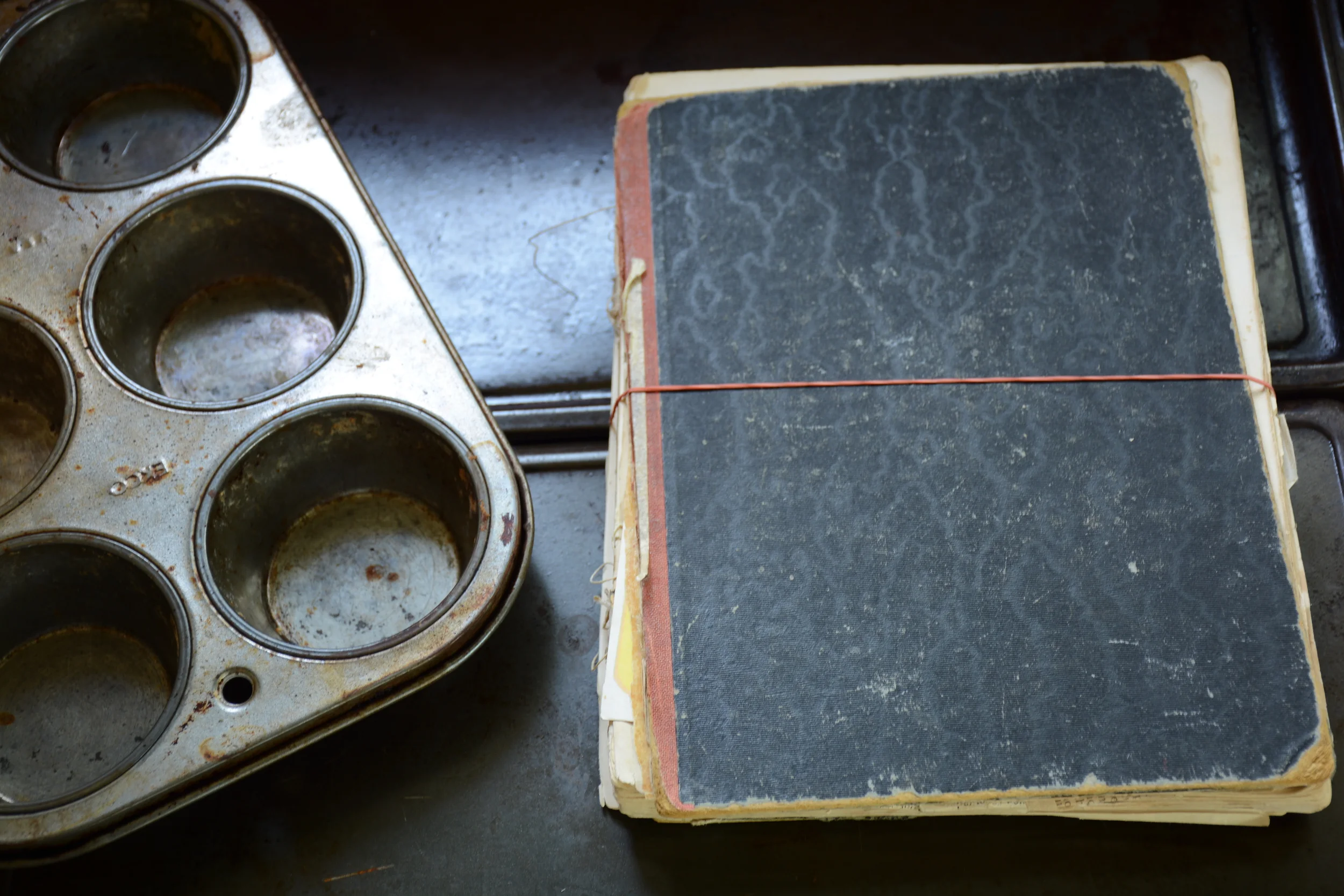Quick and Delicious Basil Vinegar
/
I have neglected my vegetable garden for several days and at this time of year that can mean numerous things await you. You can walk out and have vegetables that have grown past their prime, it can mean weeds have taken over places you wished they hadn't, that rabbits have eaten all of your carrots or that there is just a lot of stuff ready to be picked and consumed.
This morning it was the latter. There were green beans ready, so I picked them and they will be in this evening's salad. There were cucumbers galore, so I picked all of those and they will come with me tomorrow to the commercial kitchen and get turned into Manitoba Pickles (more on that in an upcoming post). The carrots are almost ready, so I picked one just for the flavour...delicious. And finally, the sage and the basil are in full swing. I already made several large batches of pesto and have that frozen for consumption at a later date. And I have plans for the sage. So what to do with the basil that is ready today and just simply can not go to waste?
The short answer - Basil Vinegar. It is a wonderful addition to pasta sauces and chicken stock and it is so simple that you can get it 50% completed in less than 20 minutes.
Basil Vinegar
2.5 cups lightly packed fresh basil leaves
2 cloves of garlic, peeled and slightly crushed
8 cups white wine vinegar
Rinse your basil thoroughly and then pat dry with paper towel. Once basil is completely dry, roughly chop and place in 2 separate clean and sterilized 1L jars. Add 1 clove of garlic per jar and set aside.
In a larger stainless steel pot, heat the vinegar, but do NOT bring it to a boil and remove from the heat.
Pour the hot vinegar over the basil and garlic into the jar, stir gently and then allow to cool. Once it has cooled down, place 2-3 layers of saran wrap over the top of each jar and screw on a jar lid. Place in a cool, dark place for a minimum of 2 weeks shaking the jar gently every couple of days to distribute the basil leaves around. NOTE: the leaves will float in the jar and this is ok.
After a couple of weeks, taste the vinegar and if you are happy with the intensity of the flavour move onto the next steps immediately. Otherwise, continue to let it sit until the flavour is where you want it.
Strain the vinegar over a bowl using a fine meshed sieve and disgard the basil. Rinse your sieve and using either cheese cloth or several layers of coffee filters, strain once again.
At this point in time you can pour the vinegar into your bottles (which you have of course washed and sterilized ahead of time, right?) leaving 1/2" headspace if you are using a screw cap. If you have a cork top, you will want to leave 1/2" headspace between the basil vinegar and the bottom of the cork.
Delicious basil vinegar that you will find no shortage of uses for through the fall and winter months.


